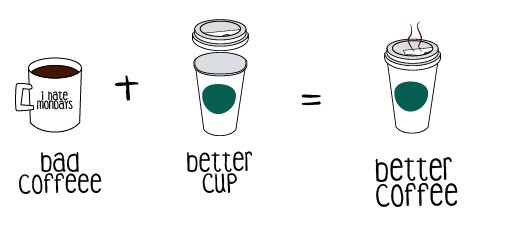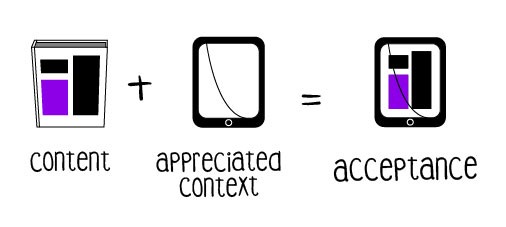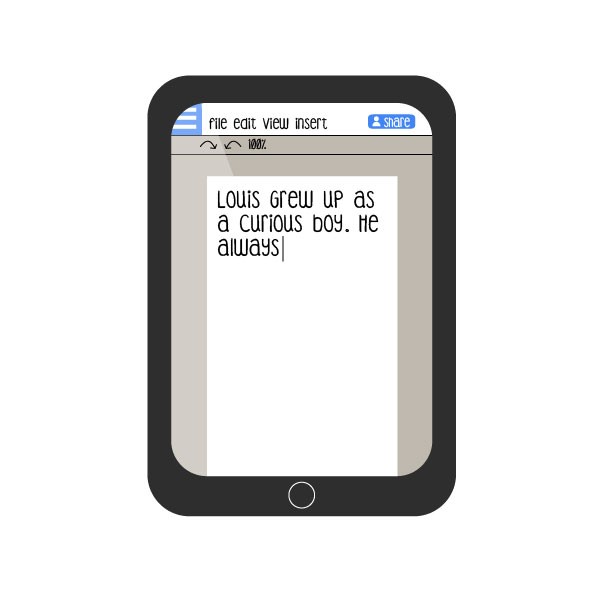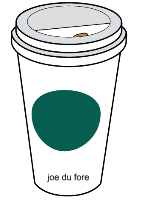(Note: In an attempt to be fair to both the Irish whiskey enthusiast as well as the Scottish whisky connoisseur, ‘e’s will be included and excluded in ‘whisky’ at whim throughout this article.)
Louis Cheskin, the Ukrainian born marketing genius, moved to the U.S. in the early 20th century and proceeded to change margarine, marketing, and the way the world sees food today. Through copious amounts of dedicated research and simple social assumptions, Cheskin discovered, among many other things, that people would eat margarine if it just looked better. In this case, better meant butter. The margarine needed to look more like butter. Solution? Add yellow coloration and hello sales!
Louis did not stop with the transformation of slippery and delicious lipids. In fact, he went on to change the world’s view of marketing, definitively showing that people believe everything tastes better if it just looks better. In many cases this simply meant packaging things into shapes, colors, and scenarios that were more socially relevant and appropriate; a philosophy and theory coined as Sensation Transference. Sensation Transference means that if coffee is found to be in a green-spotted, mermaid cup we will believe it tastes better, even if the coffee inside has been replaced with a lesser quality, tin can variety. What’s more, almost unbelievably (if it were not for the oodles of studies reaffirming this topic), humans will believe that coffee tastes better, even if they are told it is of the garden variety; provided it is delivered in the wax-lined cup from the renowned and soggy-northwest coffee meca. Formulaically: Bad coffee delivered in a cup associated with high quality equals good (or at least better) tasting coffee. This is obviously relevant and very important to marketing and sales, but you may be asking what this could possibly have to do with education. The answer is, a good bit actually.

Education has been told, we in education have been saying, and people have been buying the line, “technology should never be used for technology's sake but rather to build and promote student learning.” Poppycock. You read that right, poppycock. I use this dated, silly, and wonderfully onomatopoeic word to be provocative and somewhat abrasive… but I meant it. There are half a dozen reasons why this notion is old school, inane, and down right wrong. For starters, let us review the butter and coffee scenarios from above. It is a fact that people believe in, appreciate, and adopt the things which fit into our ‘good’ or relevant schemas. Cheskin was even able to prove that people liked the taste of a given whisky better as long as it came in a bottle that represented strength and stolidness (go ahead, try to picture a whiskey bottle). People are hardwired to take more seriously things that well-align with their already accepted paradigms. More math: Content plus appreciated context equals acceptance.

Imagine if we could present content to students in a context that they believed in. Or, what if we could have students work on content that had a shiny wrapper on it? We can. We do. Every single day students around the world are typing papers, creating presentations, and developing prototypes, all in an environment that is seen as ‘high quality’. Students appreciate and see the Internet and technology as the proper and shiny social norm. They may not all love technology, but they all know that it is where the “good stuff” happens. In the same way, as adults, we may not all love and appreciate the wonderful things coffee has to offer (intentional writer bias here), but we all know that the “good stuff” comes in fancy paper cups with heat-sleeves and white plastic lids.

Consider the following scenarios. Scenario 1: Student is asked to write an essay using pen and paper. Scenario 2: Student is asked to use legacy word processing software to write the essay. Scenario 3: Student is asked to craft an essay using a cloud-based program such as Google Docs or Zoho Writer. Which of these options is the fancy coffee cup or the stolid whisky bottle? Even if we don’t have the student employ any of the transformational tools (e.g. collaborative writing, embedded research tools, etc.) afforded by Scenario 3, that student will view working in Google Docs in the same light a suburban chef views yellow margarine; as relevant, trustworthy and more tasteful. Another equation: Writing project plus socially appealing context equals greater acceptance.
Changing from paper-pencil to local word processing to cloud computing does not have to demand the use of new or exceptional tools in order to spur on functional change. The functional change does not have to be in the tangible logistics of the application or expectations at all in fact. The functional change may only be in the functional patterns of thought and attitude. In other words, you could switch students from localized word processing to Google Docs without any expectations to do fancy things like collaborative writing or cloud-based peer review, and they will still have a new frame of mind as they work on the essay or paper. You are having them work inside of the the high-quality coffee cup. You are asking them to work in an environment that they have already defined as ‘good’ (truthful or not). Students will treat the same assignment with new appreciation and seriousness solely because they believe in the ‘wrapper’. When people take something more seriously, they work harder, it seems less like work, they believe in it more… it tastes better.

What this boils down to is ‘technology for technology's sake’ is not just acceptable, it is at times advisable. Please, let students use a newer form of word processor even if they will not be ‘doing’ anything differently. It may activate something better than having them ‘do’ something differently; it may make them think differently! This doesn’t just apply to word processing of course. For starters, you can have students create, develop, and design in hundreds of different presentation tools, dozens of storytelling apps, and thousands of varied web applications across the board. What’s more, if you have them regularly work and create inside of the fancy wrapper of cloud computing and other fandangled technologies, soon enough the paper and pencil option becomes novel and intriguing.
As I mentioned above, this is only one of many reasons why ‘technology for technology’s sake’ is a-okay with me. Sorry SAMR lovers, this also means that the ‘S’ (substitution) in the SAMR model is also poppycock. Substitution is not possible without functional change. Actually, introducing technology can never come without functional change, it is the definition of technology for goodness sakes (yes, more old-timer colloquialism). Do not get me wrong, I am a big fan of the SAMR model; as long as you just lop the ‘S’ off and start at the ‘A’. But, alas, this is an entirely separate topic worthy of its own discussion. Let us get back on topic.
Sensation Transference was a remarkable and reliable breakthrough for marketing nearly a century ago, bringing with it wide and sweeping changes in our everyday lives. I am not proposing that we buy flashy computers or wrap our curriculum in a shnazy cellophane. I am, however, asking you to suspend your faulty notions of ‘technology for technology's sake.” Have students use the newest forms of technology (especially when they are free and relatively unencumbered). Give them their coffee in a fancy cup. They will enjoy it more and take it more seriously… even if it’s the same old coffee. Then work on getting them better coffee and some swizzle sticks.

**











